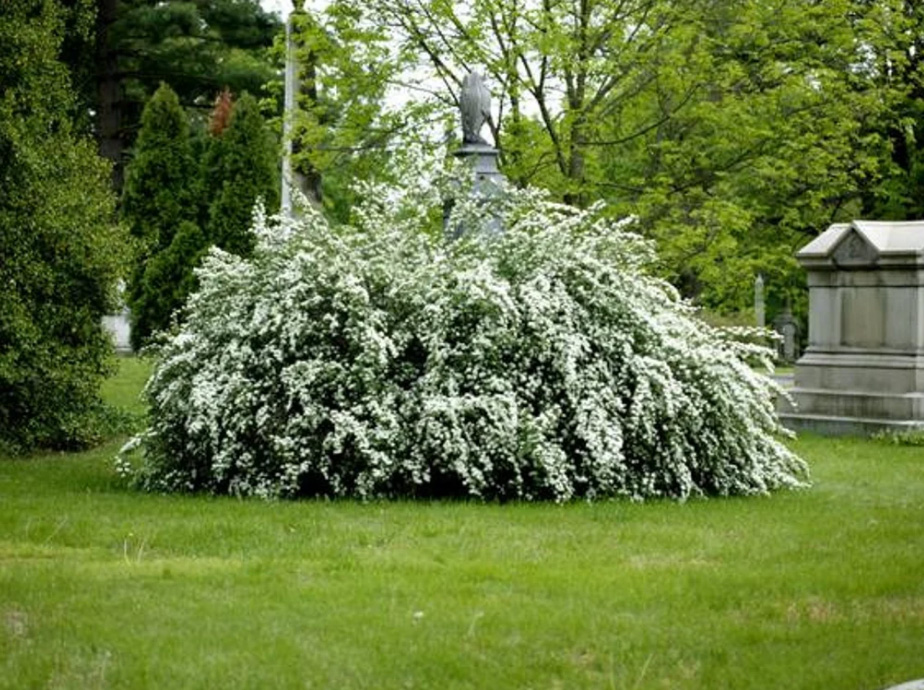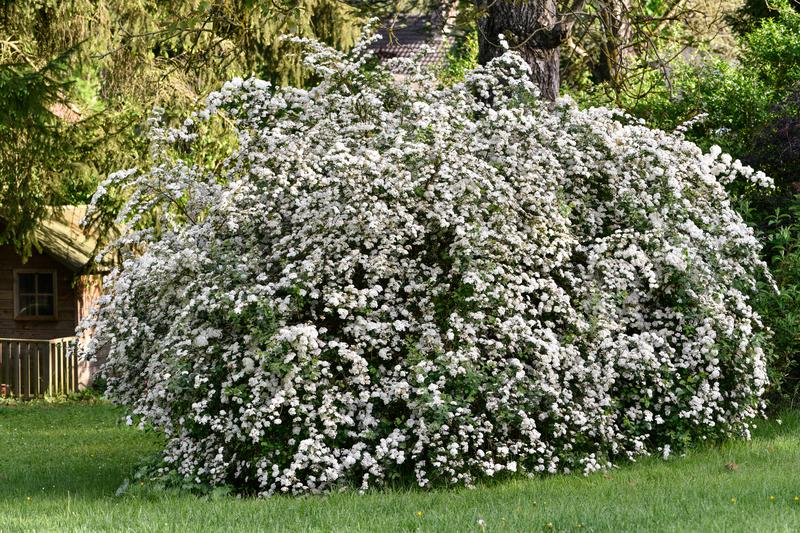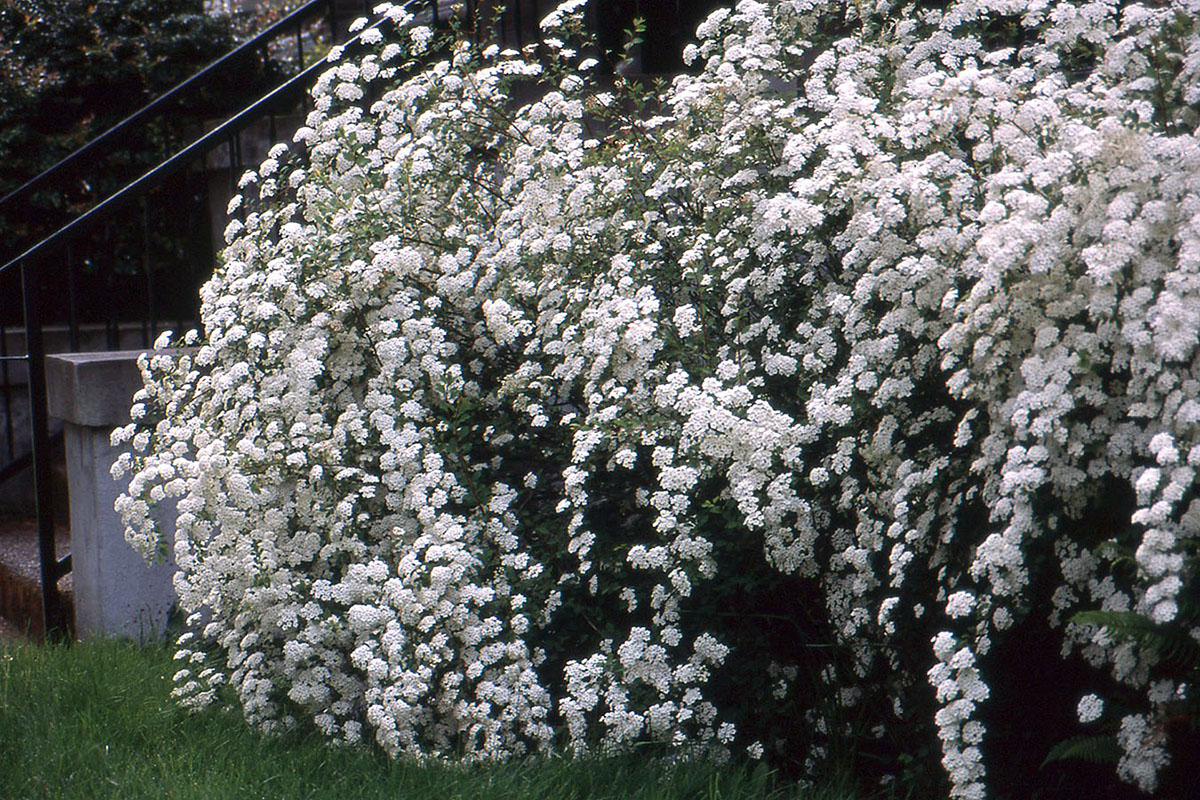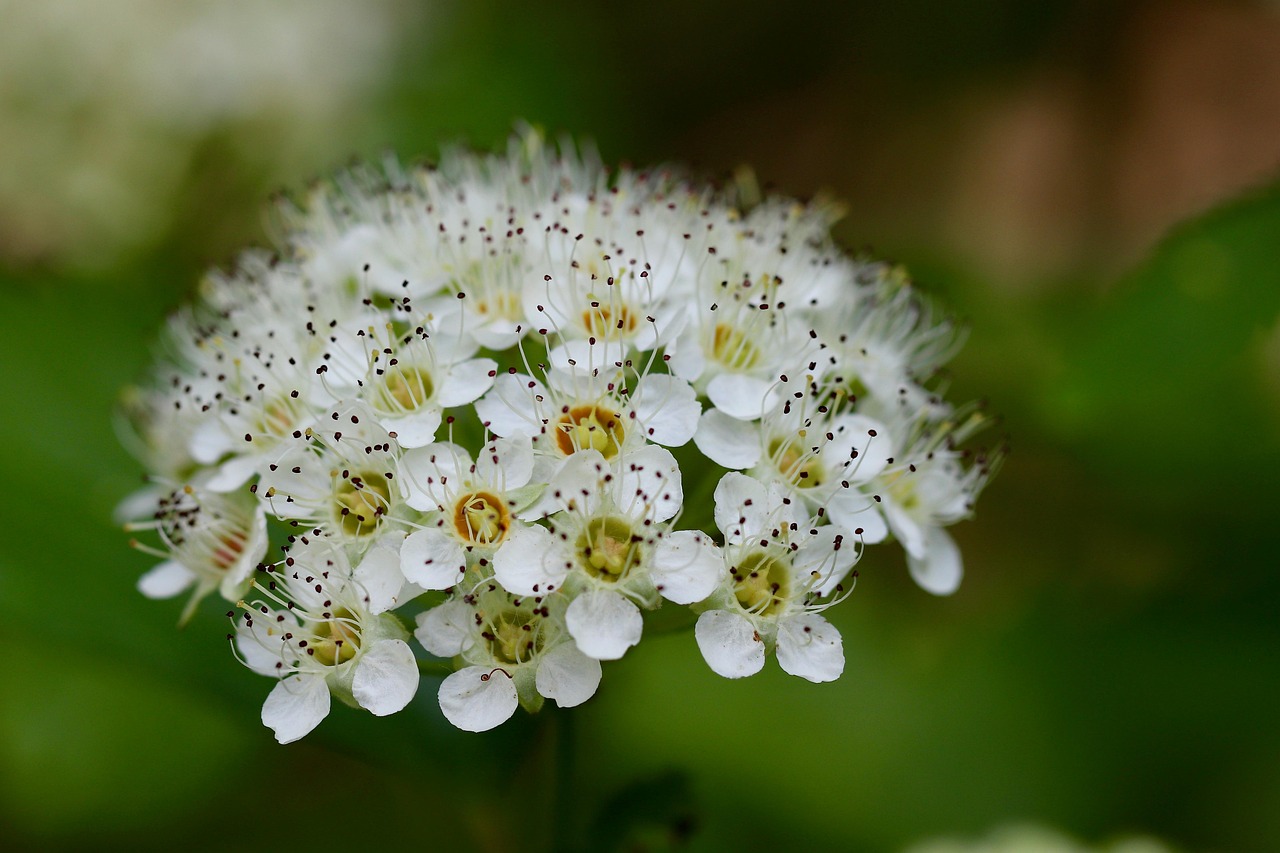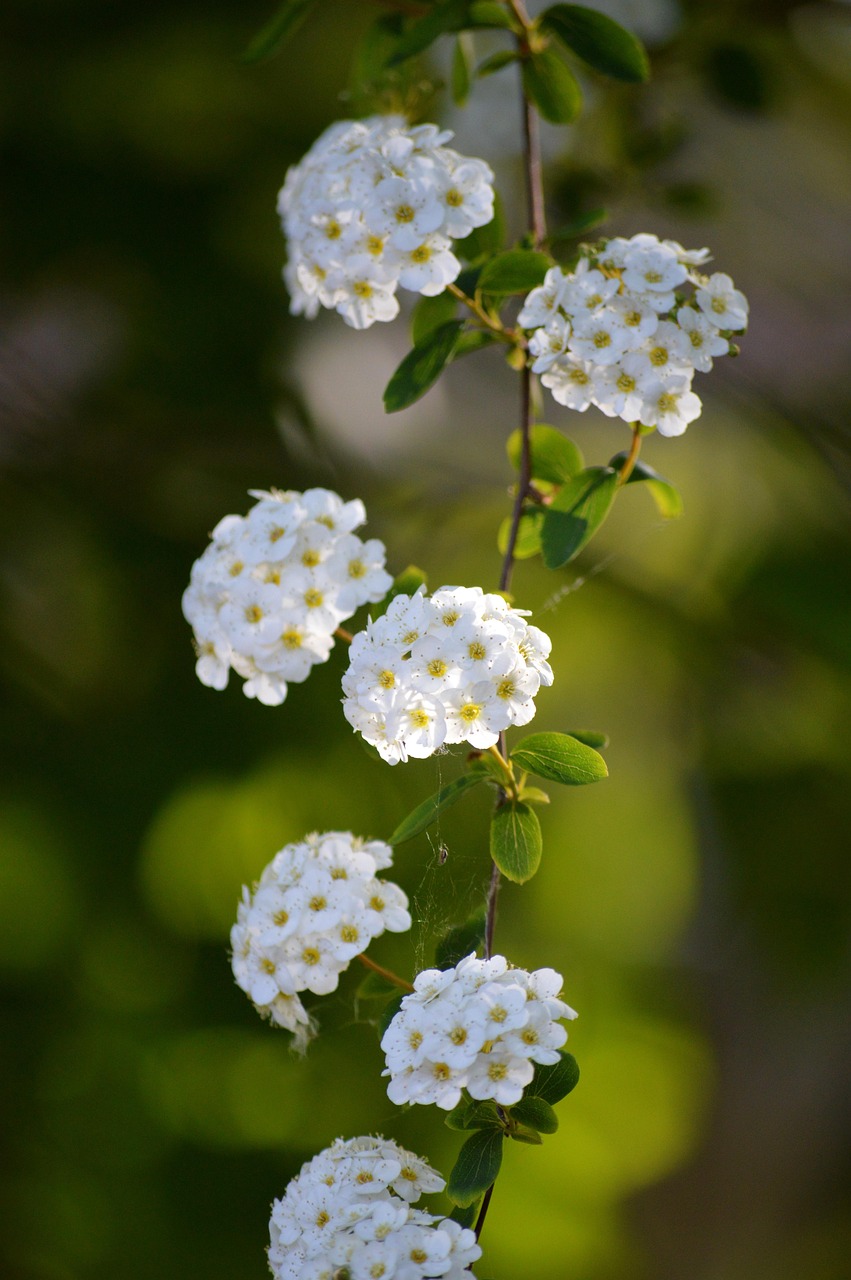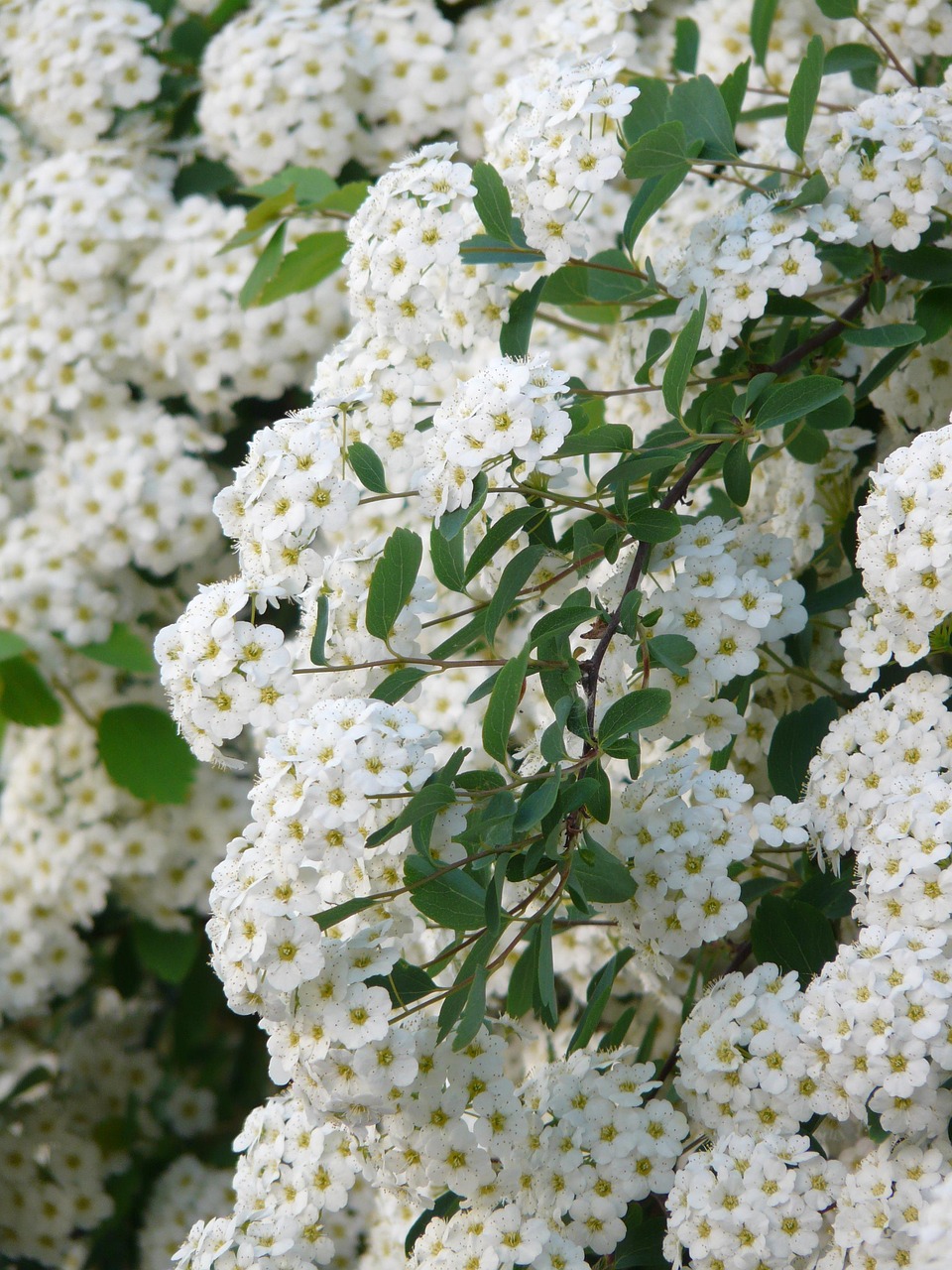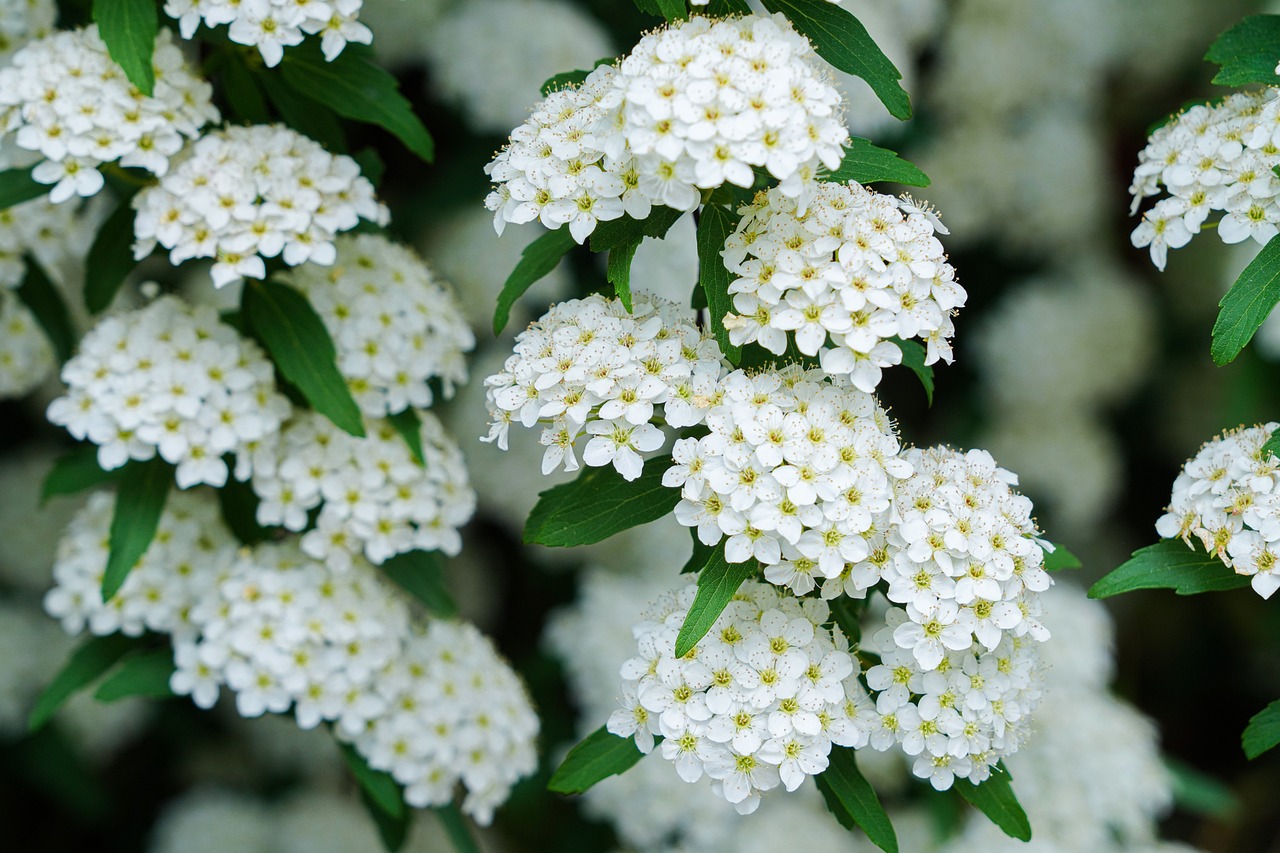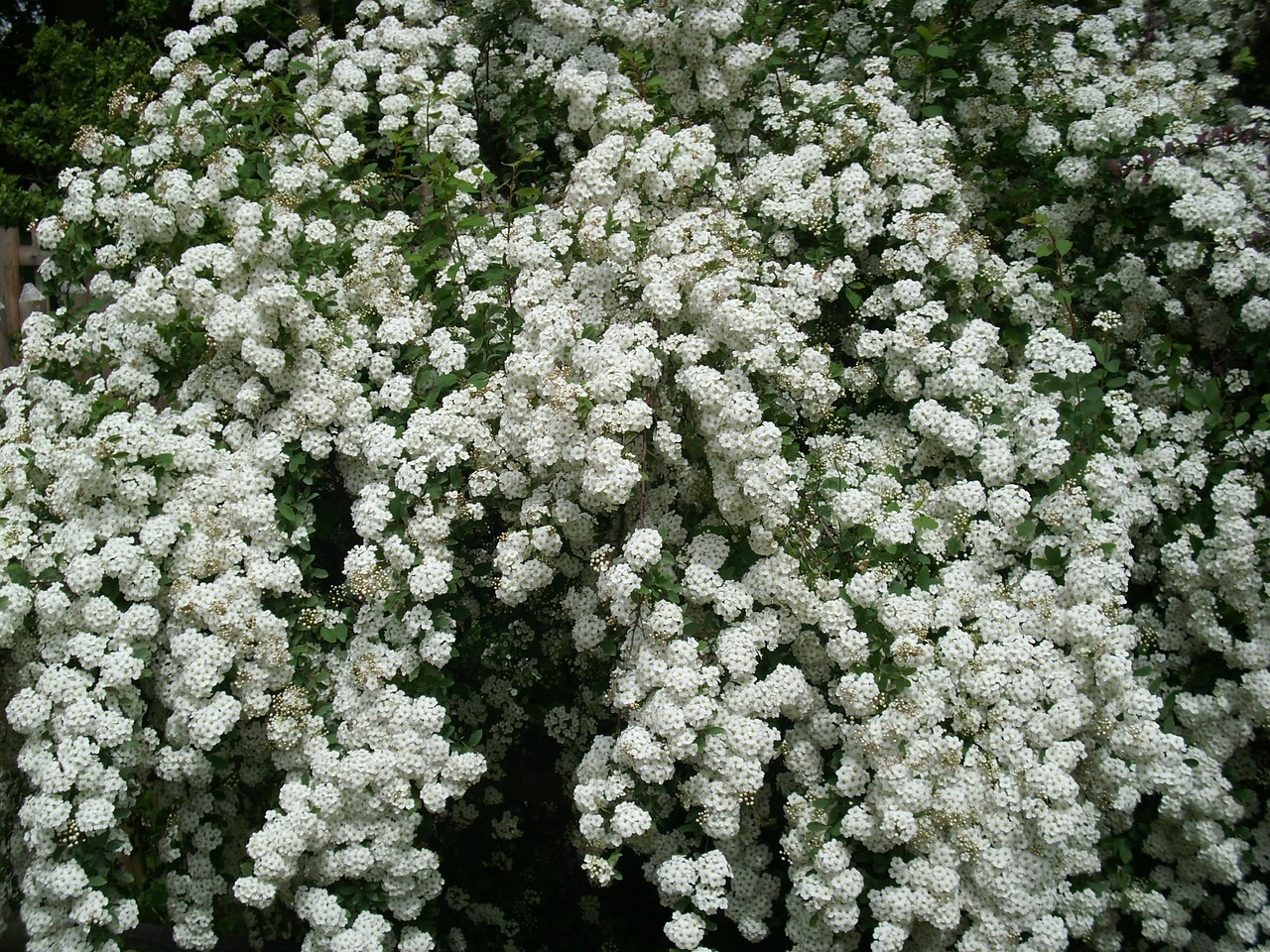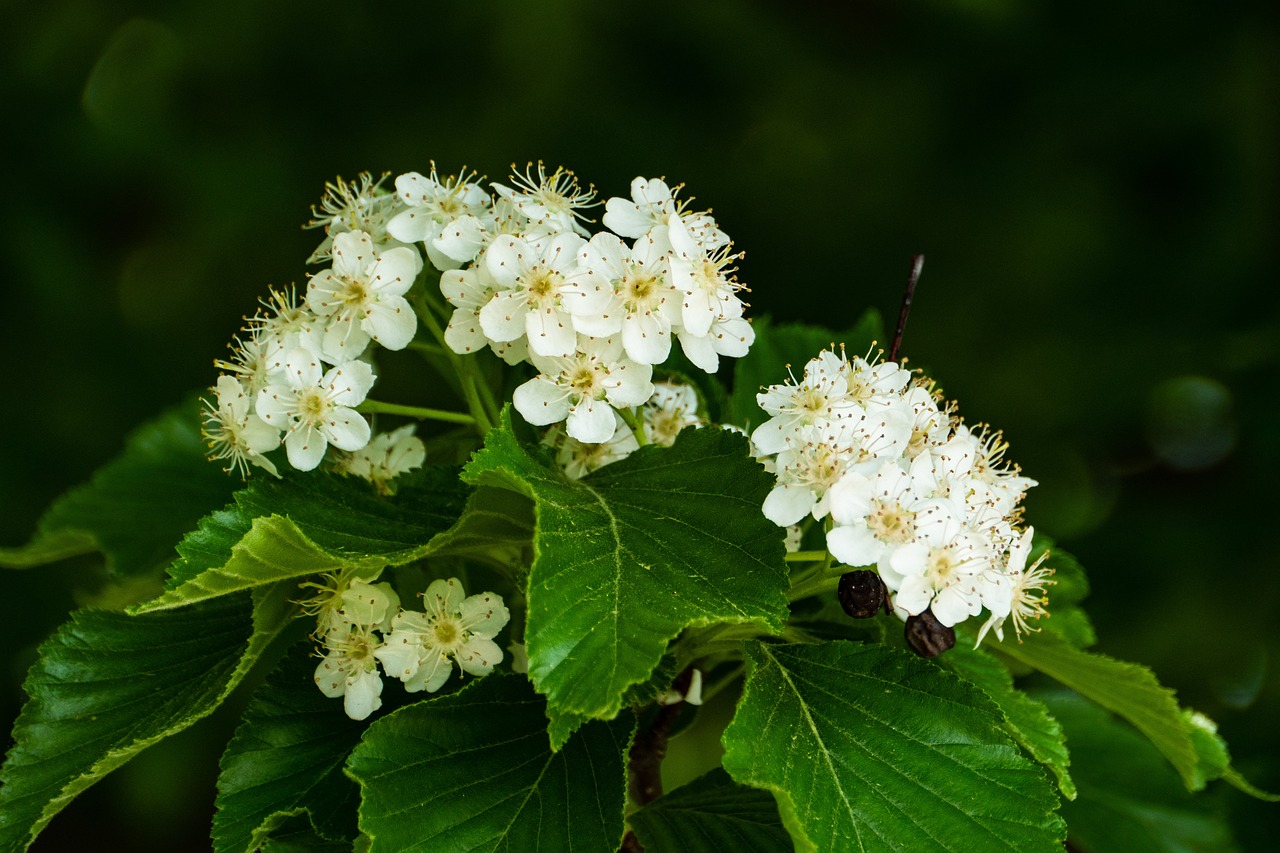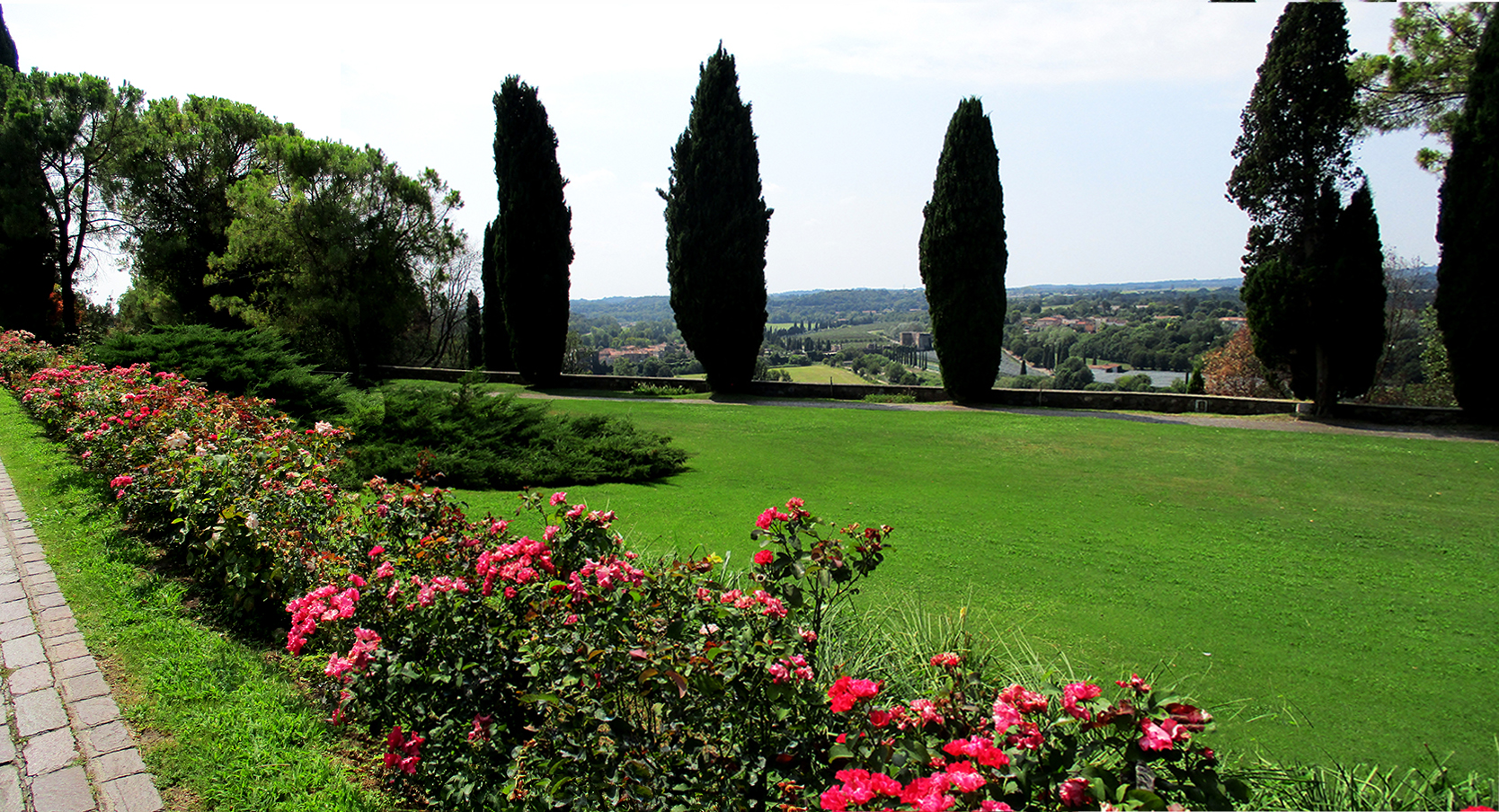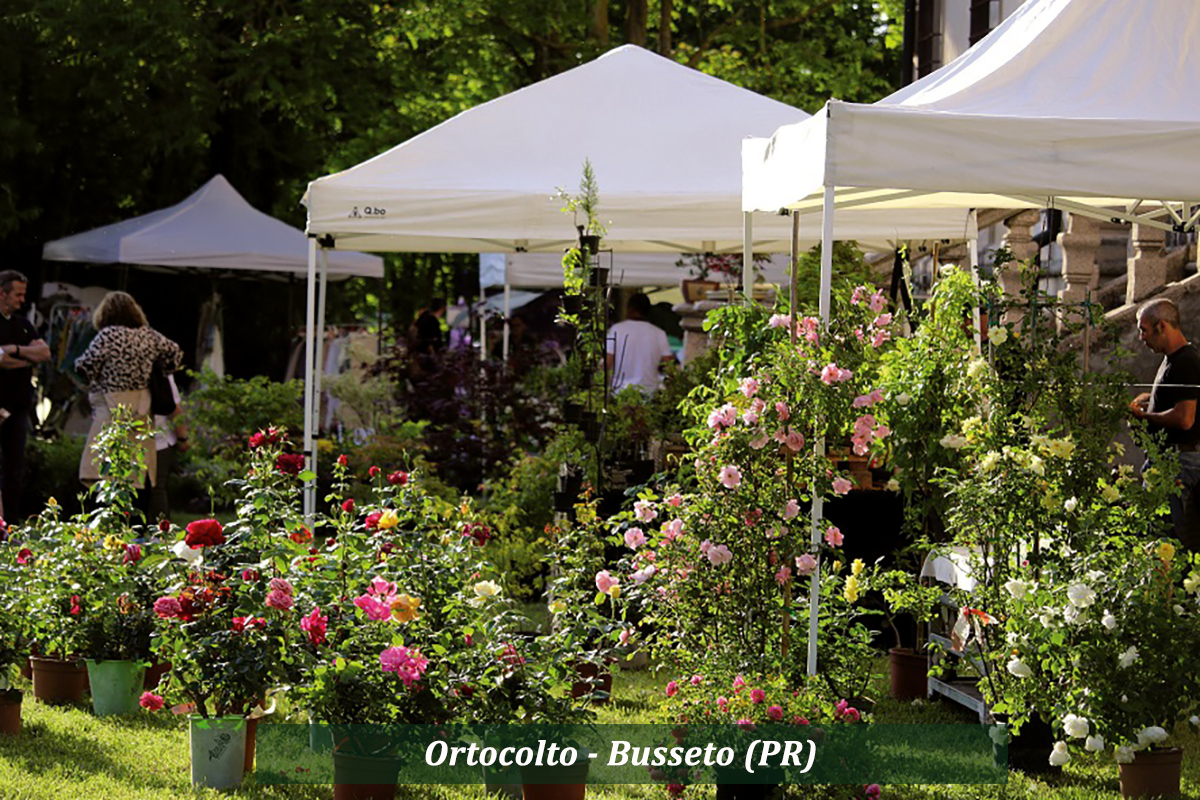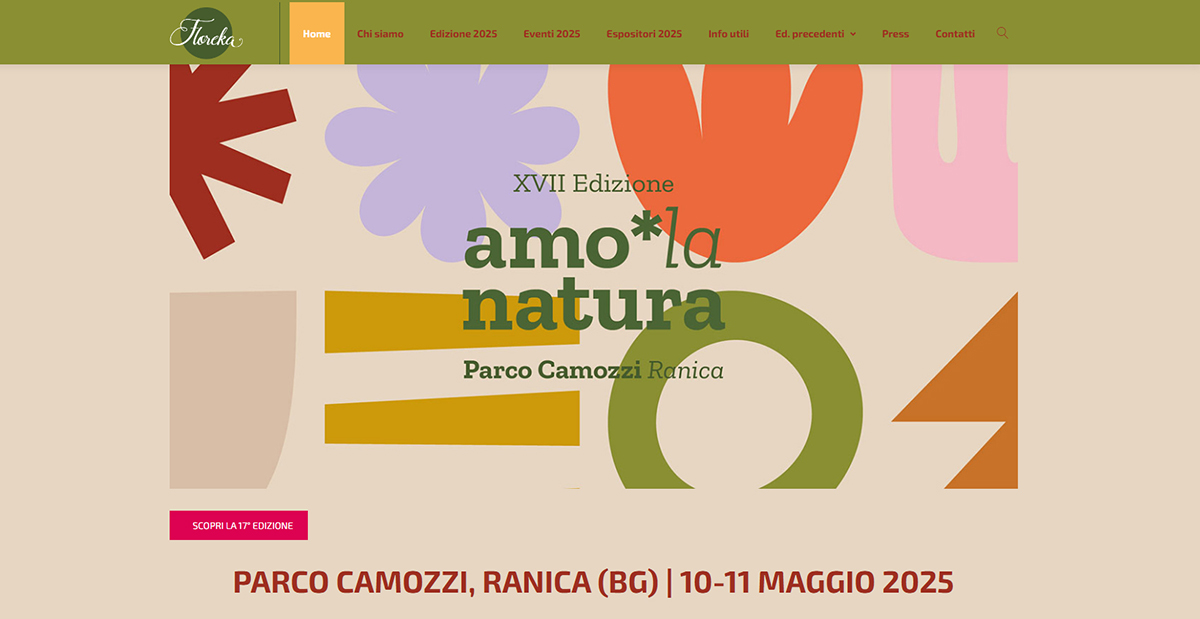Spiraea x vanhouttei is a deciduous shrub of the Rosaceae family, the result of hybridization between Spiraea cantoniensis and Spiraea trilobata. It reaches a height of 130-200 cm and an extension of 300-400 cm, with an arched and drooping habit. The leaves are dark green above and blue-green below, sometimes lobed, and in autumn they take on shades from yellow to orange-bronze. It blooms between May and June with white flowers in dense corymbs up to 5 cm. It prefers sunny exposures or bright partial shade and well-drained soils; it tolerates limestone, clay and pollutants. As it blooms on the branches of the year, it should be pruned at the end of flowering, eliminating the older branches and shortening the remaining ones to half.
IDENTIFICATION
Scientific name:
Spiraea x vanhouttei
Italian common name:
Spirea
Family:
Rosaceae
Provenance:
Mainly Eurasian distribution. For horticultural use – Origin from hybridization of Spiraea cantoniensis x Spiraea trilobata.
Habit:
It loves temperate climates and is able to resist the cold, even if it fears late frosts.
Evergreen or deciduous:
Deciduous
PLANT RECOGNITION
Height:
130 – 200 cm
Width (extension):
300 – 400 cm
Habit:
arched and hanging
Leaf:
the leaves are dark green on the upper side and blue-green on the lower side with a crenate shape and little toothing, sometimes tri or five-lobed. in autumn they take on colors ranging from yellow to orange-bronze.
Flower:
white, cupped flowers in dense corymbs up to 5 cm wide.
Flowering:
May – June
Fruit:
the fruits are small capsules, of little relevance.
Perfume:
light
NEEDS
Maintenance:
Low
Fertilization:
fertilize in early spring with a slow release organic fertilizer to increase flowering.
Exposure to light:
sun, partial shade. If grown in the shade, flowering is poor
Soil type:
well drained. Limestone Tolerance; Clay Tolerant; Tolerate Pollutants. It also tolerates difficult soils even if in a very bright sunny or semi-shaded position.
Soil acidity:
Normal PH
Italian climatic area:
it survives between -15 and 37 °C in the Pre-Alps (zone 7), North and Apennines (8), Center (zone 9). It resists the sea, it resists pollution.
Water Need:
Watering is generally only necessary in severe drought.
Diseases:
very resistant plant, it can rarely be affected by powdery mildew and rust. If pruned too much it can become filled with aphids. scale insects
Pruning:
Flowering on the branches of the year, it should be pruned at the end of flowering by removing the older branches and shortening the remaining ones in half.
Propagation:
Its propagation can take place by division of the tuft, in autumn or late winter, or by woody cuttings, in autumn and spring.
SPECIAL FEATURES
One of the spiraea most planted by the municipalities due to its easy management, widely used in Eastern European countries as a border hedge.
Annotations
The botanical name of this fascinating genus derives from the Greek ‘spéira’ (rope), because the stems, sometimes twisted, can resemble a thin rope.
Therapeutic use: The spiraea that is cited for therapeutic use is Spirea ulmaria. For all the curiosities about this variety you can go here
In the kitchen:
this variety is not used.
The mondo del giardino advice
This plant is also used for hedges because, despite its stripping properties, it has thick branches that also shield in winter. However, it does best when placed in a free flowerbed due to its arched and drooping habit.
Now on horseback! Work awaits us! Our new wonderful outdoor space is about to be born!
GOOD WORK and…if you have any questions, write to info@mondodelgiardino.com
Image sources: Thanks to Pixabay and in particular Annette Meyer, dae jeung kim, Ursula, Samuel Stone, Hans, Frauke Riether and fcgov.com and landscapeplants.oregonstate.edu.


